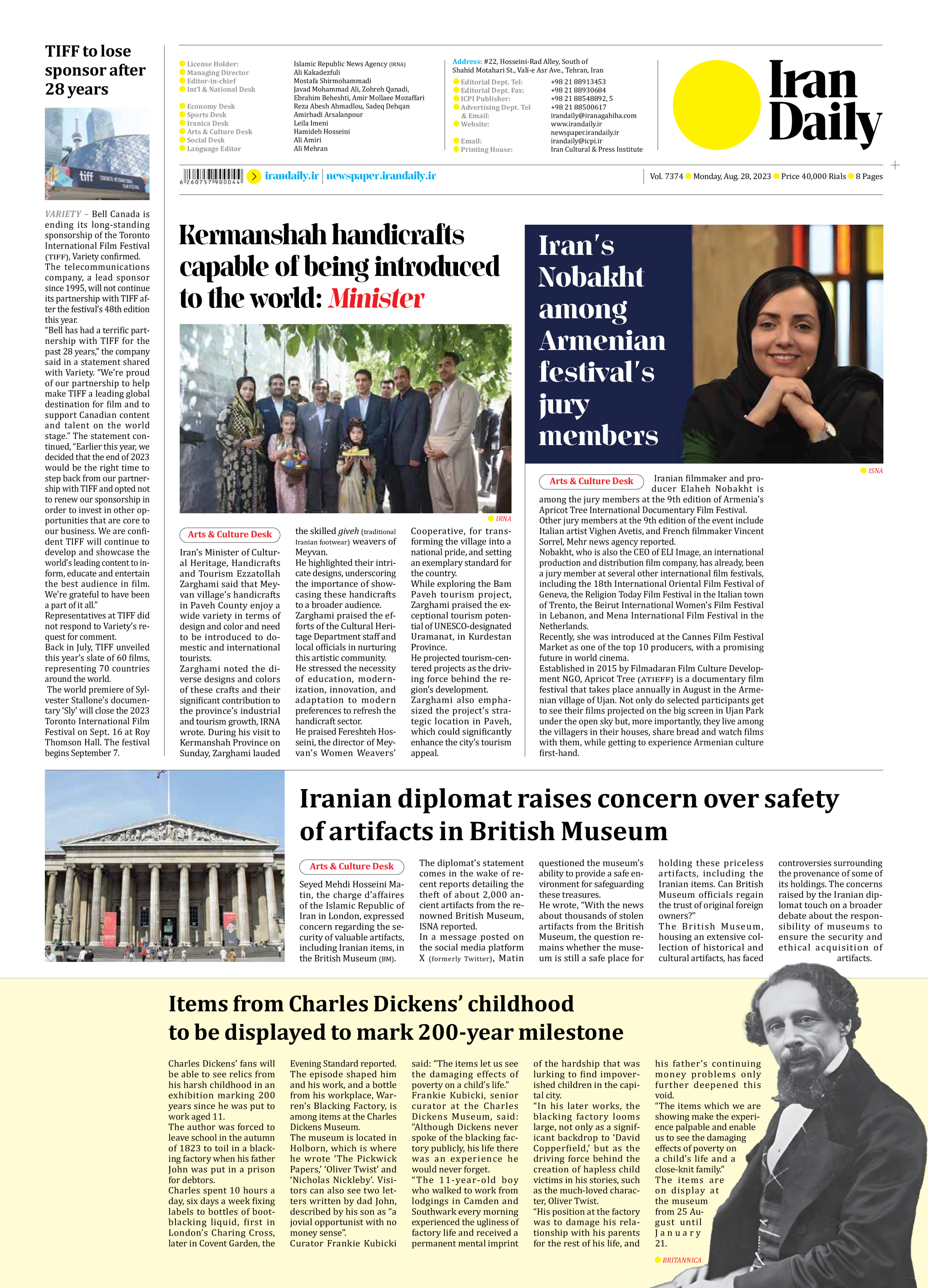
Items from Charles Dickens’ childhood to be displayed to mark 200-year milestone
Charles Dickens’ fans will be able to see relics from his harsh childhood in an exhibition marking 200 years since he was put to work aged 11.
The author was forced to leave school in the autumn of 1823 to toil in a blacking factory when his father John was put in a prison for debtors.
Charles spent 10 hours a day, six days a week fixing labels to bottles of bootblacking liquid, first in London’s Charing Cross, later in Covent Garden, the Evening Standard reported.
The episode shaped him and his work, and a bottle from his workplace, Warren’s Blacking Factory, is among items at the Charles Dickens Museum.
The museum is located in Holborn, which is where he wrote ‘The Pickwick Papers,’ ‘Oliver Twist’ and ‘Nicholas Nickleby’. Visitors can also see two letters written by dad John, described by his son as “a jovial opportunist with no money sense”.
Curator Frankie Kubicki said: “The items let us see the damaging effects of poverty on a child’s life.”
Frankie Kubicki, senior curator at the Charles Dickens Museum, said: “Although Dickens never spoke of the blacking factory publicly, his life there was an experience he would never forget.
“The 11-year-old boy who walked to work from lodgings in Camden and Southwark every morning experienced the ugliness of factory life and received a permanent mental imprint of the hardship that was lurking to find impoverished children in the capital city.
“In his later works, the blacking factory looms large, not only as a significant backdrop to ‘David Copperfield,’ but as the driving force behind the creation of hapless child victims in his stories, such as the much-loved character, Oliver Twist.
“His position at the factory was to damage his relationship with his parents for the rest of his life, and his father’s continuing money problems only further deepened this
void.
“The items which we are showing make the experience palpable and enable us to see the damaging effects of poverty on a child’s life and a close-knit family.”
The items are on display at the museum from 25 August until January
21.







